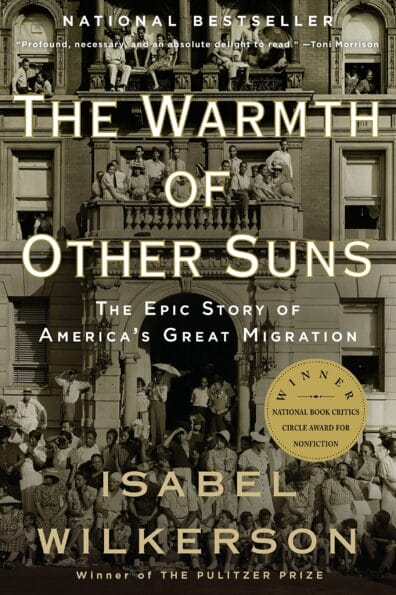
Sister District Book Club Reader's Guide
WARMTH OF OTHER SUNS: The Epic Story of America’s Great Migration by Isabel Wilkerson
Prepared by Dr. Gaby Goldstein, Sister District Co-founder and Senior Vice President of Strategic Initiatives (SDAN)
Also check out this bookstore lecture and Q&A session with Isabel Wilkerson! She discusses the main themes and historical context of the real stories she presents in the book!
Download the PDF: Sister District Book Club – Warmth Reader’s Guide
Topics: Segregation, Caste System, Enslavement, American Slavery, The Great Migration, Jim Crow, American Apartheid, Voter Suppression, Racial Inequity, Racial Injustice, Civil Rights, Systemic Racism, Structural Racism, Self-determination, Cultural Migration
UPDATED: 11/17/2021

